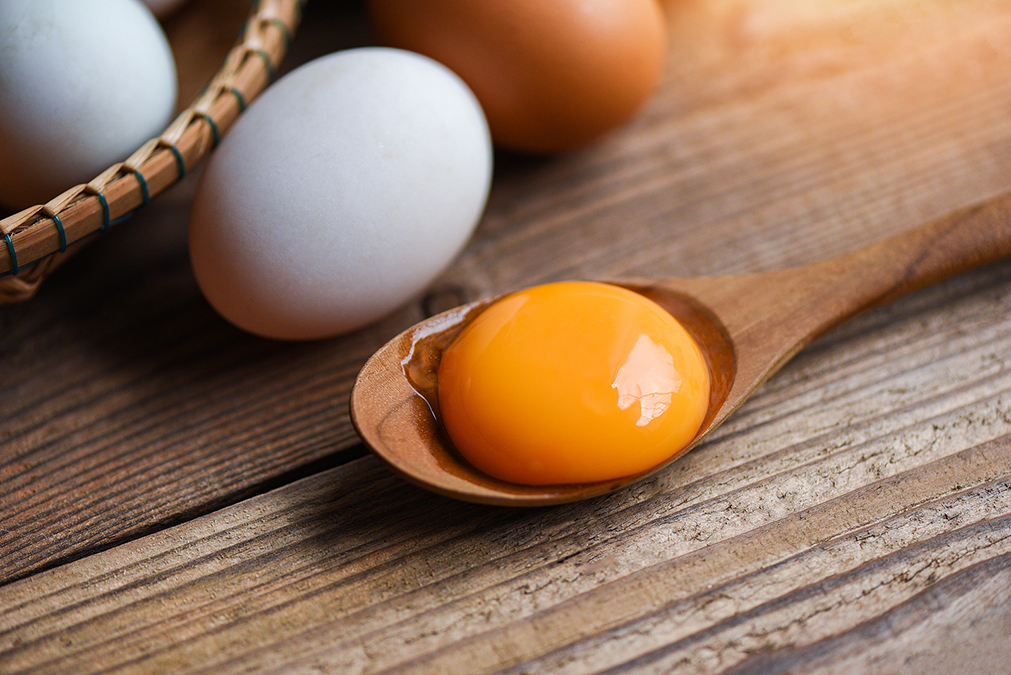 Since hemochromatosis consists of iron overload in your blood, it makes sense to cut down on iron-rich food and food that promotes iron absorption, right?
Since hemochromatosis consists of iron overload in your blood, it makes sense to cut down on iron-rich food and food that promotes iron absorption, right?
Yet surprisingly few official guidelines exist about what foods are good and bad for hemochromatosis.
But a study published in The American Journal of Clinical Nutrition consulted previously published studies on foods and hemochromatosis and concluded some very detailed info on what foods are good and bad for hemochromatosis.
They confirmed that the majority of these studies supported the control of iron intake, since reduced dietary iron intake reduced the iron accumulation in the bodies of hemochromatosis patients.
A 2020 literature review in the Journal of Nutrition and Metabolism confirmed this finding.
A 2019 study in the journal Nutrients also shows that high dietary iron intake can cause secondary hemochromatosis, the type that is not genetically caused.
So, with all this research at hand, we know that we should avoid the types of dietary iron that can lead to an iron buildup and foods that promote iron absorption. Together with that, we should consume iron that will not build up and foods that inhibit iron absorption.
Problematic iron and substances that increase iron absorption:
-
1. Heme iron is easier for your body to absorb than nonheme iron is, meaning that you should cut down on the former. Heme iron is abundant in red meat and shellfish, and to a lesser extent in poultry, pork, and fish. Try to obtain most of your protein from plant sources like beans and nuts.
2. Alcohol stimulates iron absorption and should be avoided to prevent iron overload.
3. Vitamin C or ascorbic acid also promotes iron absorption, which means that vitamin C supplements and juices from fruits that are loaded with vitamin C are off limits. Fruit and vegetables don’t contain enough to become a serious problem, so it’s not necessary to avoid those.
4. Needless to say, avoid all foods fortified with iron.
Unproblematic iron and substances that inhibit iron absorption:
-
1. Eggs contain a protein called phosvitin that prevents the absorption of iron, so it is an acceptable source of protein for you to eat.
2. The best plant sources of iron are legumes, cashew nuts, chia seeds, pumpkin seeds, kale, spinach, mushrooms, olives, raisins, and quinoa, and because they contain nonheme iron that is harder for your body to absorb, they are safe.
3. Legumes, grains, seeds, and nuts contain a substance called phytic acid that is an inhibitor and are therefore good.
4. Calcium inhibits iron absorption, so consume plenty of milk, tofu, and green vegetables.
5. The tannins in coffee and tea are inhibitors, so they are healthy beverages for you to have. Berries and legumes also contain lots of tannins.
6. Another inhibitor is oxalic acid, which you can find in rhubarb, spinach, and purslane.
This list gives you some control over your diet if you have hemochromatosis or if your family has a history of it.

 Overcoming IBD
Overcoming IBD Multiple Sclerosis
Multiple Sclerosis Banishing Bronchitis
Banishing Bronchitis Gum Disease Gone
Gum Disease Gone Overcoming Onychomycosis
Overcoming Onychomycosis Neuropathy No More
Neuropathy No More The Prostate Protocol
The Prostate Protocol Brain Booster
Brain Booster
 Ironbound
Ironbound
 Solution for Shingles
Solution for Shingles
 The Bone Density Solution
The Bone Density Solution
 The Ultimate Healing Protocol
The Ultimate Healing Protocol
 The Parkinson's Protocol
The Parkinson's Protocol
 The Chronic Kidney Disease Solution
The Chronic Kidney Disease Solution
 Overthrowing Anxiety
Overthrowing Anxiety The Fatty Liver Solution
The Fatty Liver Solution The Hypothyroidism Solution
The Hypothyroidism Solution
 The End of Gout
The End of Gout The Blood Pressure Program
The Blood Pressure Program
 The Oxigized Cholesterol Strategy
The Oxigized Cholesterol Strategy
 Stop Snoring And Sleep Apnea Program
Stop Snoring And Sleep Apnea Program
 The Arthritis Strategy
The Arthritis Strategy The Vertigo & Dizziness Program
The Vertigo & Dizziness Program The 3-Step Diabetes Strategy
The 3-Step Diabetes Strategy Hemorrhoids Healing Protocol
Hemorrhoids Healing Protocol The Erectile Dysfunction Master
The Erectile Dysfunction Master Weight Loss Breeze
Weight Loss Breeze The IBS Program
The IBS Program The Insomnia Program
The Insomnia Program The Migraine and Headache Program
The Migraine and Headache Program The Neck Pain Solution
The Neck Pain Solution The Menopause Solution
The Menopause Solution The Ejaculation Master
The Ejaculation Master The TMJ Solution
The TMJ Solution The Acid Reflux Solution
The Acid Reflux Solution The Fibromyalgia Solution
The Fibromyalgia Solution The Psoriasis Strategy
The Psoriasis Strategy